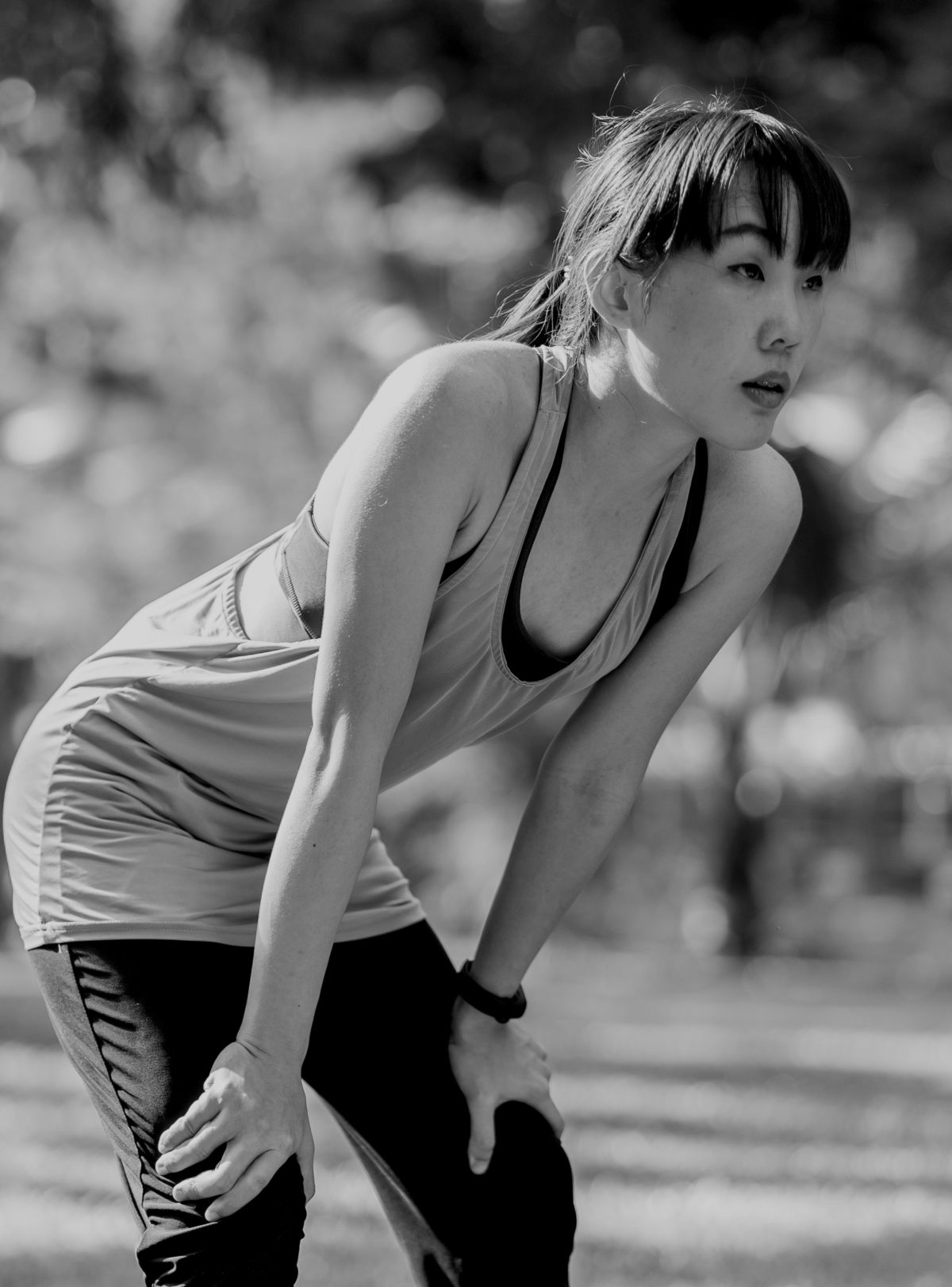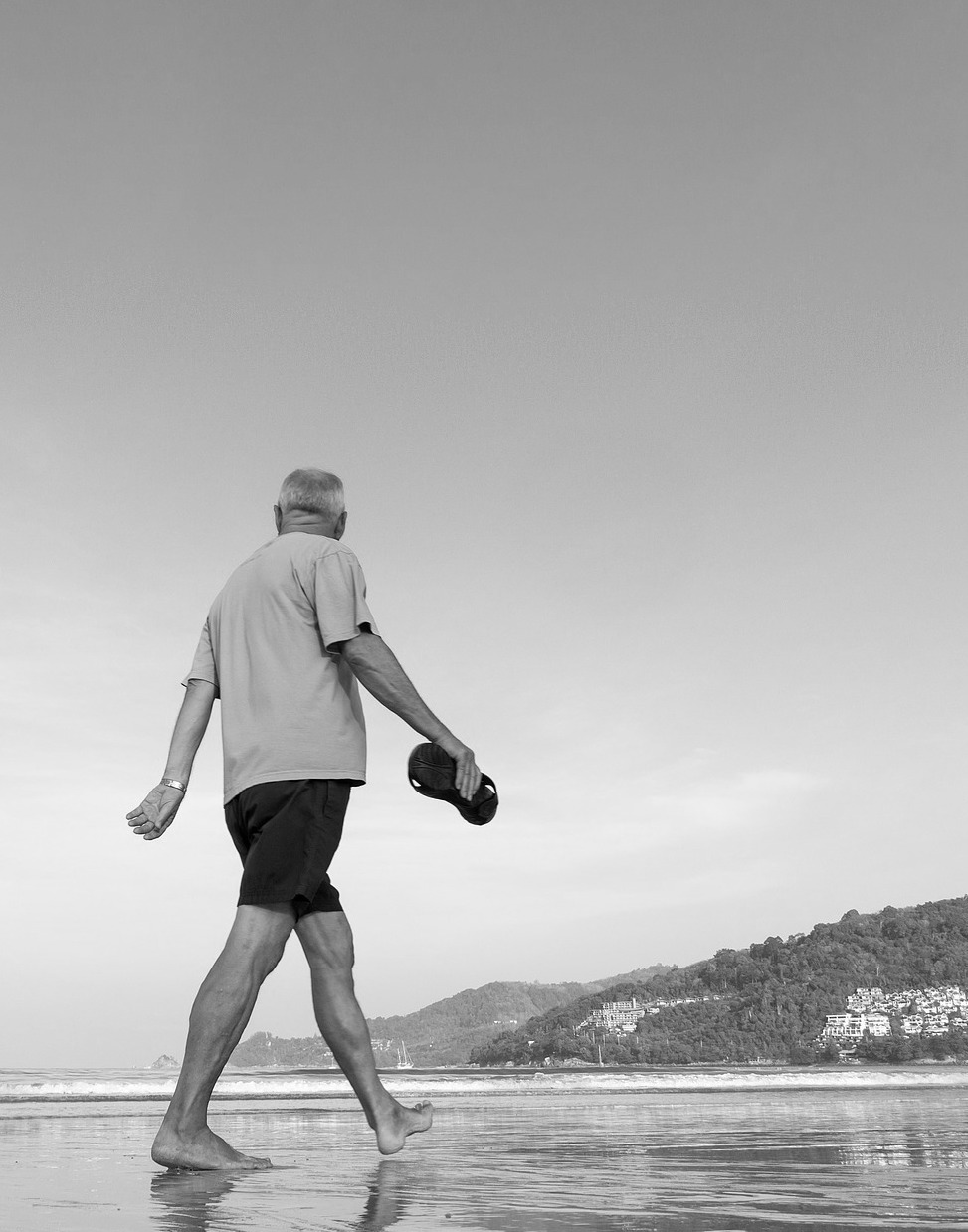Have you recently gotten started on a journey to health and fitness? Have you just started doing CrossFit for the first time? If so, you probably are surprised at the newfound level of “pain” after your workouts! You’ll be in serious need of tips for CrossFit workout recovery.
When I talk about pain, I don’t mean crippling pain. I mean that kind of muscle soreness that comes from an intense workout. When someone is just getting started with their fitness, it’s common to use “pain” as a reason to skip workouts. The problem with that idea comes when one missed workout turns into two. Then that turns into three, and then four, eventually wrecking your fitness goals.
So, you should learn to deal with the soreness. How do you deal with it, stay on track and reach those goals? Here are five tips for CrossFit workout recovery to help you get to those results you want.
1. The best tip for CrossFit workout recovery: go to class
The absolute best thing you can do when you’re sore is to keep going to class. By continuing to work out, you will keep your muscles moving. This actually prevents stiffness.
When you get to class, let your coach know how you’re feeling and talk about possibly lowering the intensity of your workout. Choosing to lower the intensity will keep you moving and keep you on track towards those goals while minimizing the risk of injury.
2. Hydrate, Hydrate, Hydrate!
It’s super easy to drink a ton of water while you’re dripping in sweat but the real challenge comes when you get home.
There are a lot of formulas out there that can help you figure out exactly how much water you need to drink daily, in order to optimize your workouts.
However, one of the easiest ways to monitor that hydration is to pay attention to your urine. When you use the restroom, your urine resembles the color of lemonade. If it’s any darker, then it means you may be dehydrated. If it’s too clear, it could mean over-hydration.
3. Eat lots of whole foods and lean protein
As easy as it is to grab a protein shake while you’re on the go, it should not be used in lieu of actual food. You are helping your body to heal itself, and the soreness, when you choose to eat clean, whole foods.
Consuming the proper ratio of protein, carbohydrates and fat will help you to build lean muscle. You’ll quickly see the results you’re working towards. Your diet is so important to your progress.
4. Zzzzzzzzzz….
You may not believe this, but one of the best tips for CrossFit workout recovery is sleeping! Your muscle fibers tear down during your workout. During sleep, they repair themselves.
On top of keeping muscle soreness at bay, a good night’s sleep will also help you train harder the next day!
It’s important to note that not all sleep is created equal. Napping throughout the day, falling asleep to the TV, and alcohol induced sleep will not adequately provide you with the peaceful, natural sleep that you need.
5. Post CrossFit workout recovery products
There are some great and some not so great workout recovery products out there. When choosing, go for a product that helps replenish electrolytes and essential nutrients so that the body can recover and repair itself.
If you are wondering what a great product option would be, or what nutrients you need and don’t need, have a conversation with your coach the next time you’re at the gym.
Why workout recovery is key
With all of that being said, you should push yourself at the gym and train hard. But what you do after you leave the gym is also very important.
When you aim for great recovery between workouts, you will see the results you want in a shorter time and help reduce that awful soreness.
So now that you have tips to follow for really great recovery, go hard on that next workout!
By Kari Reed



